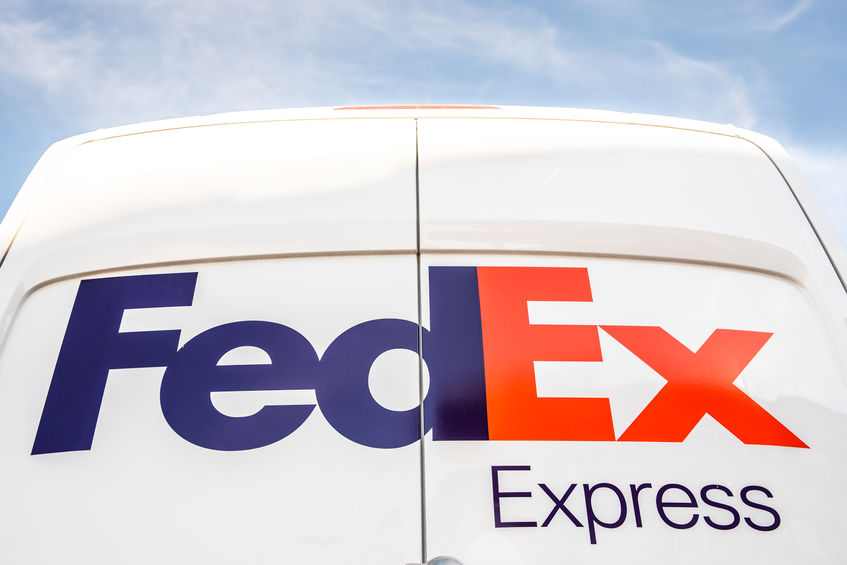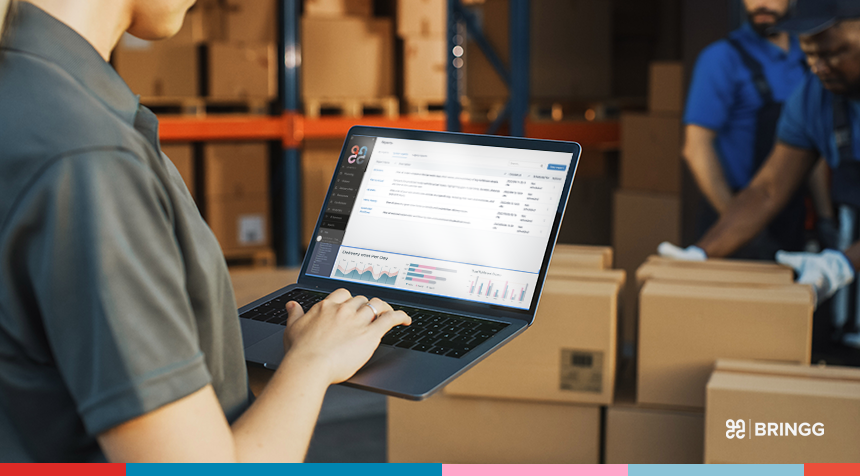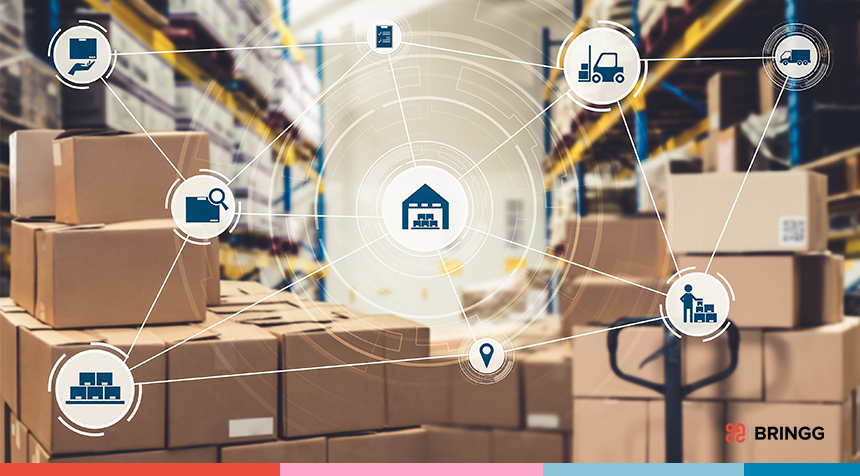When Fedex stopped flying Amazon Prime packages in June, the theories about it stayed up in the air. Many thought that the decision was based on cost and lack of profitability, but everyone in the logistics world knows that FedEx could handle the costs and efficiency around the shipment. There was a strategy behind the move.
With FedEx recently announcing the end of its ground-shipping contract with the eCommerce giant, the strategy becomes clear. Amazon is quickly building its own fulfillment capabilities, and FedEx recognizes that dropping what is quickly becoming a fulfillment competitor, (even though it represents 1.3%, or $850 million of FedEx’s business) is an imperative.
But this story goes beyond FedEx’s relationship with Amazon.
What’s Happening?
Amazon is slowly but surely using its resources to knock over other pieces of the game: retailers, 3PLs and delivery providers, and other marketplace players.
Amazon has worked hard to create a well-orchestrated supply chain. By knowing exactly where every item and order is, at each stage of the fulfillment flow, the company could confidently and accurately offer competitive delivery times and prices that set the standard for on-demand delivery, as well as superior customer experience through great fulfillment.
Now, like an experienced chess player, Amazon is slowly but surely using its resources to knock over other pieces of the game: retailers, 3PLs and delivery providers, and other marketplace aggregators.
Take marketplaces as an example. Amazon is becoming the top search engine for retail, causing Google and other search engines to lose out on advertising revenue.
Retailers, most of whom don’t have the advantage of Amazon’s full visibility and control over it’s supply chain find it challenging to replicate the latter’s fulfillment speed or convenient same day/next-day delivery options. As a result, these retailers, often FedEx customers, are getting pushed out of the market.
Even partner retailers who sell on Amazon are not immune to this trend, and find themselves becoming pawns in Amazon’s elaborate chess game. Their reliance on the retailer allows Amazon to take a significant part of their margins and if they don’t comply (and sometimes even if they do) they can be replace with an alternative that is more profitable for the e-commerce giant. Recently, those tactics were on full display, with companies that sell both Amazon and Walmart indirectly told they cannot sell their products in Walmart for the same price as on Amazon.
FedEx – as well as retailers, aggregators, other 3PLs and logistics providers, and other players in the delivery and fulfillment ecosystem – see that Amazon is trying to become a monopoly across the board. The end result will be a loss of players in all of these verticals, from retail to the businesses that service them.
What can other enterprises do?
Amazon shows that by doing more for the customer, you’re going to get more in return. Infrastructure players understand this, and see the need to stand up and match those capabilities.
But matching the speed, convenience, and costs that allow Amazon to control so much market share will be difficult to do alone. Few companies have the budget or resources to build in-house fulfillment solutions like Amazon did.
Aggregators, retailers, and delivery providers need a centralizing force to unify everyone together in a powerful infrastructure.
Industry players will also need to add a technology layer that runs across the supply chain, in order to create strong, competitive customer experiences
Once the entire delivery marketplace can be fully connected, digitized and automated on the level of Amazon’s supply chain, they’ll have a chance to strike more balance in the market and prevent Amazon from becoming a monopoly.



